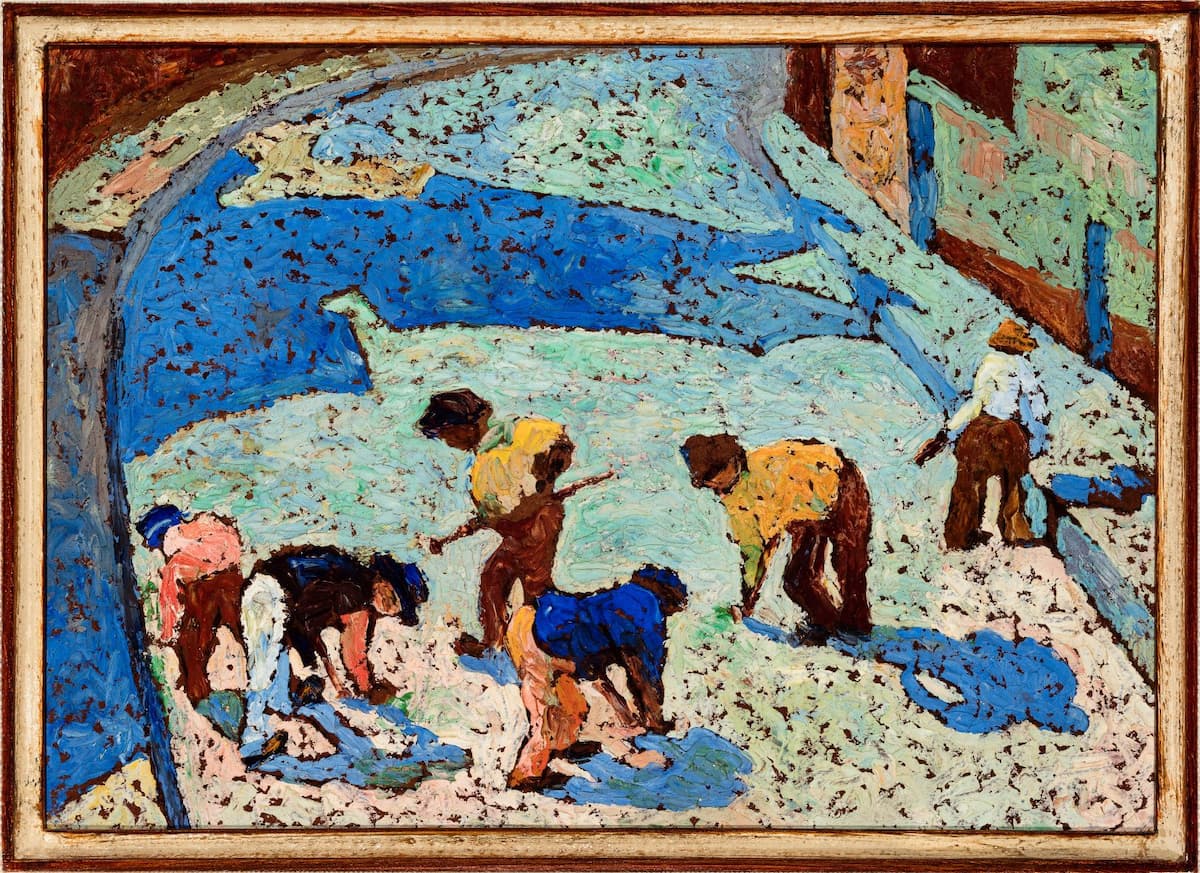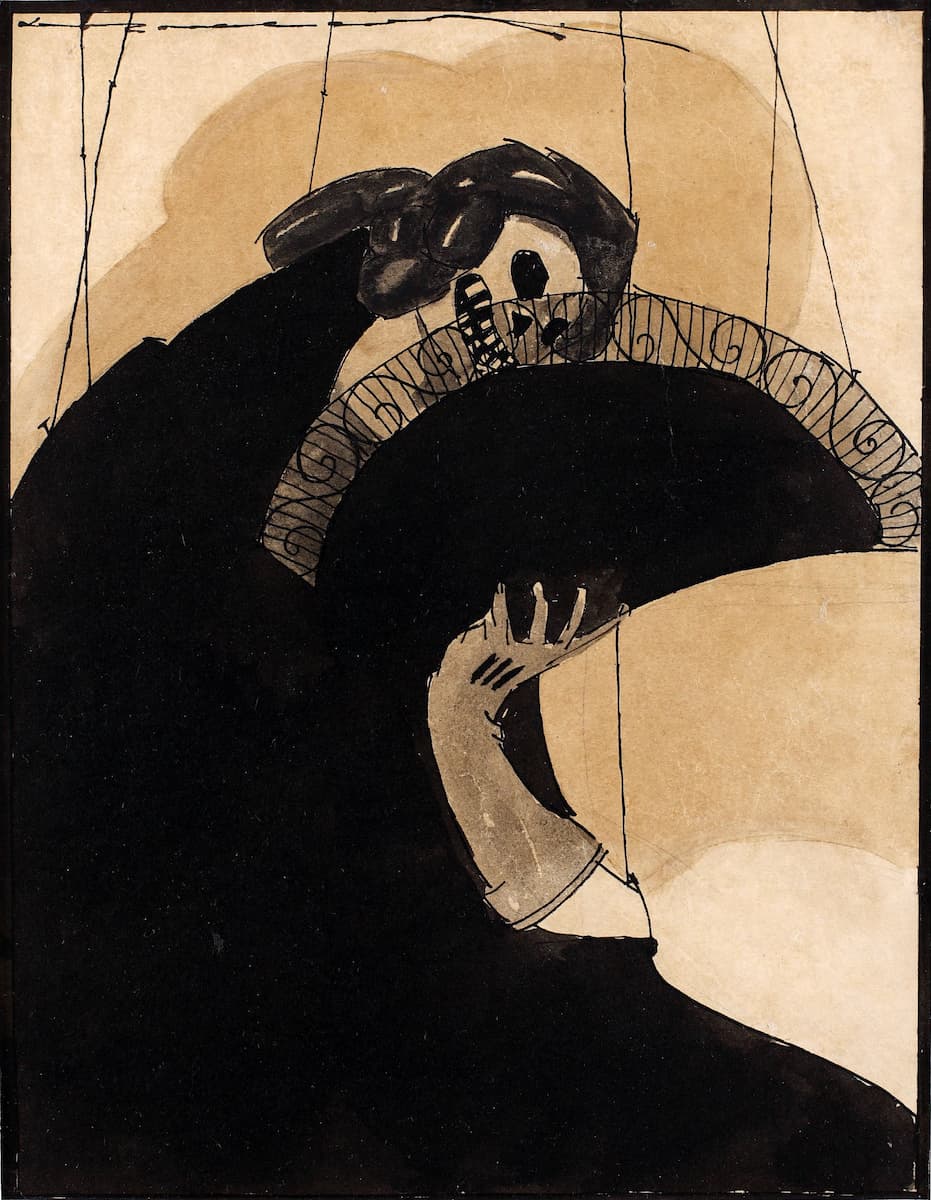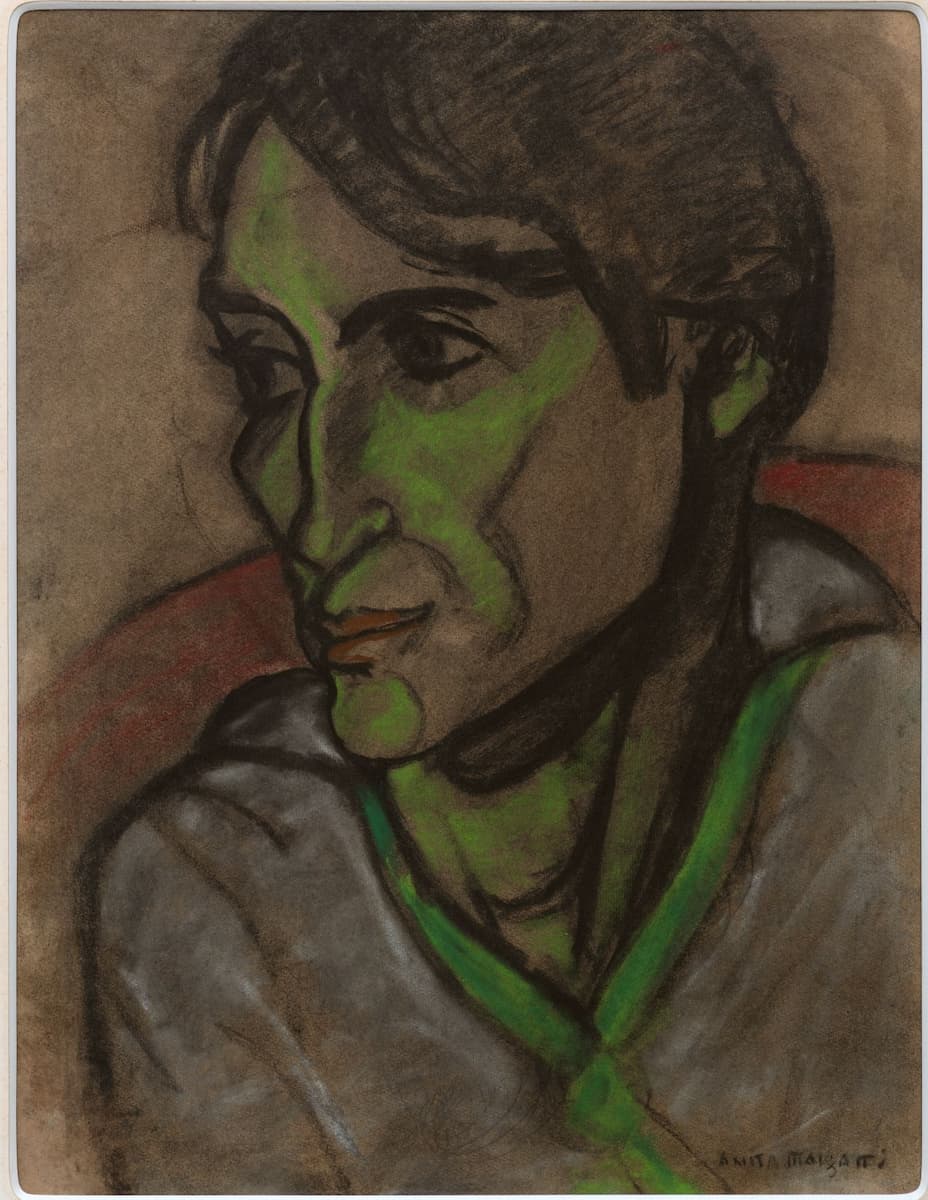With approximately 50 works, twelve of them members of the historic event at Theatro Municipal de São Paulo in 1922, exhibition highlights, in four modules, rare and emblematic works by Victor Brecheret (1894-1955) and other modernist artists
The Cultural Pinakotheke Rio de Janeiro, in collaboration with the Victor Brecheret Institute and the cultural initiative of Orfeu Cafés Especiais, celebrates the centenary of the Modern Art Week with the exhibition “Victor Brecheret and the Modern Art Week of 1922”. Divided into four modules, the shows, curated by Max Perlingeiro, gathers approximately 50 works by artists Victor Brecheret (1894-1955), Anita Malfatti (1889-1964), Vicente do Rego Monteiro (1899-1970), Others He has done (1900-1967), Helios Seelinger (1878-1965) and Di Cavalcanti (1897-1976).
Twelve works that will be in the exhibition were part of the historic event at Theatro Municipal de São Paulo in 1922: from Anita Malfatti, "Then" (circa 1915-1917) and “Cliffs” (circa 1915-1917); from Di Cavalcanti, three ink drawings, conceived between 1917 and 1924 for his legendary print album “Midnight Puppets” – “Puppet with Cards”, “Puppet with a fan” and “Puppet on the piano”; from Vicente do Rego Monteiro, “Black Heads” (1920) and “Brazilian Legend” (1920); from Others He has done, "Men working (1922) and "Icarus" (1922); from Victor Brecheret, as sculptures "Soror dolorosa" (circa 1919), commissioned by the writer Guilherme de Almeida (1890-1969), inspired by his “Book of hours of sore pain”, "Victory" (1920), rarely exposed, and “Idol” (circa 1919). Perlingeiro draws attention to other rarities, such as the terracotta sculptures “San Francisco with mandolin” (the 1940) and the monumental sculpture “Acalanto de Bartira” (1954), from Brecheret, in addition to the drawing “Man’s head (green)” (1915-1916), by Anita Malfatti.
not module “Brecheret and the Modern Art Week” works by Brecheret and by artists who participated in the Week of 1922: Anita Malfatti, Di Cavalcanti, Others He has done, Vicente do Rego Monteiro and Helios Seelinger. Already “The feminine in the sculpture of Victor Brecheret” brings sculptures, in different materials and modalities, about the figure of the woman. Within the feminine theme, the sculpture “Lady from São Paulo” stands out (1934), representation of Dona Olívia Guedes Penteado, a bronze version, also existing in marble, and illustrated by a drawing of the patron of the arts made in 1924 by Tarsila do Amaral. “The modernist collection of this paulista who knew how to introduce Brazil to Brazilians, began to be formed from his relationship with Tarsila and Oswald de Andrade”, highlights Perlingeiro. In 1923, the three visit the main Paris ateliers together, when they meet Brecheret, that had just been awarded at the Autumn Salon. Dona Olívia would acquire several of her sculptures and also works by Picasso, Léger, Brancusi, Marie Laurencin, Foujita and André Lhote, that will be the first of modern art to arrive in Brazil. “From Brazilian artists, Victor Brecheret is the best represented Brazilian artist in his collection”, says curator.
not module “Brecheret and Religious Sculpture”, works produced in the 1940 and 1950 give the dimension of the importance and plurality of the artist's religious production, initially influenced by Renouveau Catholique, one of the trends of the School of Paris in the years 1920. In turn, “Brecheret and indigenous-themed sculpture” presents the universe to which the artist is dedicated, influenced by Mario de Andrade, who advised him to “Brazilianize his production”. In search of an essentially Brazilian sculpture, Brecheret perceived in indigenous art the structural form that he had pursued since the 1990s. 1920. In the late 1940, increasingly turns to primitive forms of indigenous culture in the country. Brecheret's phase of indigenous art lasted the last two decades of his life and was recognized in prizes at the São Paulo International Biennial., national sculpture prize at the first São Paulo Biennial and special rooms at subsequent biennials.
In addition to the four modules, in a showcase, copies of various publications will be rare: “Book of Painful Soror Hours” (1920), poem by Guilherme de Almeida that inspired the sculpture exhibited by Brecheret at the Modern Art Week in 1922; “The Absinthe Star” (1927), by Oswald de Andrade, novel whose main character, or sculptor Jorge D'Alvellos, is inspired by Brecheret; “The Khaki Lozenge”(1926), Mário de Andrade, com cape of Di Cavalcanti; facsimile edition of the Catalog and Program of the Week of Modern Art; the “O sacy” (1926-1927), modernist magazine founded by Cornélio Pires; and the album of engravings by Di Cavalcanti “The Midnight Puppets” (1921).




ABOUT VICTOR BRECHERET
Vittorio Breheret (without the letter “C” in the last name) born in Italy, in the city of Farnese, a little more than 100 km from Rome. He came to Brazil with his family at 10 years. In Brazil, adopted the name Victor Brecheret. At the age of 30 years, confirmed his Brazilian nationality. The young man studied drawing at the Lyceum of Arts and Crafts, which was very common among Italian emigrants with artistic gifts. for your talent, your generous uncles, despite the few resources, decided to sponsor a study trip to Europe.
Thus, at the age of 16 years went to Rome. passed on, then, studying with the classical sculptor Arturo Dazzi (1881-1966), attending the School of Fine Arts as a listener. He remained in Rome until 1919. When he returned to Brazil, found himself disenfranchised in São Paulo. No friends and no work, sought out the architect Ramos de Azevedo (1851-1928), friend from high school, responsible for the construction of the Municipal Theater, together with the architect and set designer Claudio Rossi (1850-1935), and the Pinacoteca do Estado. on that occasion, the architect gave him a room in the Palácio das Indústrias, where he set up his first studio. On site visit, a group of artists and intellectuals, Di Cavalcanti (1897- 1976), Helios Seelinger (1878-1965), Oswald de Andrade (1890-1954) and Menotti del Picchia (1892-1988), met an eccentric sculptor and was amazed at the quality of his works. Interestingly, um dia, this same group took the almighty Monteiro Lobato (1882-1948) to see your works. Behold, the much-feared critic and editor put his hat on one of his sculptures. It was enough for the hot-blooded young Italian to pull it out with great annoyance., throwing him to the ground.
Menotti del Picchia was the first to praise the quality of Brecheret. Under the pseudonym “Helios”, a tribute to his friend from Rio de Janeiro Helios Seelinger, the “bohemian esthete of noisy hits”, according to Menotti himself, started to publish between 1920 and 1921, at Correio Paulistano, a series of chronicles having Victor Brecheret as the artist of their attention: “Brecheret belongs to the phalanx of impressive individualities like Gustav Klimt (1862-1918), Lederer, Franz (1870-1919), Anton Hanak (1875-1934), Arturo Dazzi, Antoine Bourdelle (1861-1929), Mirko Basaldella (1910-1969) Ivan Meštrović is fascinating (1883-1962)”.
Partnership with Café Orfeu
Orpheus Specialty Coffees, genuinely brazilian, is a Pinakotheke partner in the celebration of the centenary of the Modern Art Week in 1922. As a brand cultural initiative, designs a special edition inspired by the Movement that, among its fundamentals, valued national identity. It will be possible to virtually visit the exhibition at Pinakotheke through a QR Code printed on the packaging, created from colors based on the works of modernist artists. “With citrus and tropical aromas, high sweetness and acidity, the limited edition pays homage to Brazilianness and the avant-garde spirit”, explains Fabio Gianetti, Head of Marketing at Orfeu Cafés Especiais.
Pinakotheke Cultural Rio de Janeiro
Exhibition: Victor Brecheret and the Modern Art Week in 1922
Opening: 15 October, from 11:00 to 3:00 pm
Sign up to receive Event News
and the Universe of Arts first!
Visitation: from 17 October to 12 th November of 2022
Curated By: Max Perlingeiro
Realization: Cultural Pinakotheke with Victor Brecheret Institute
Cultural Initiative: Orpheus Cafe
St. Clement Street 300 – Botafogo
Phone: 21. 2537-7566
Free entrance
Monday to Friday, das 10h às 18h; Saturday from 10 am to 4 pm
